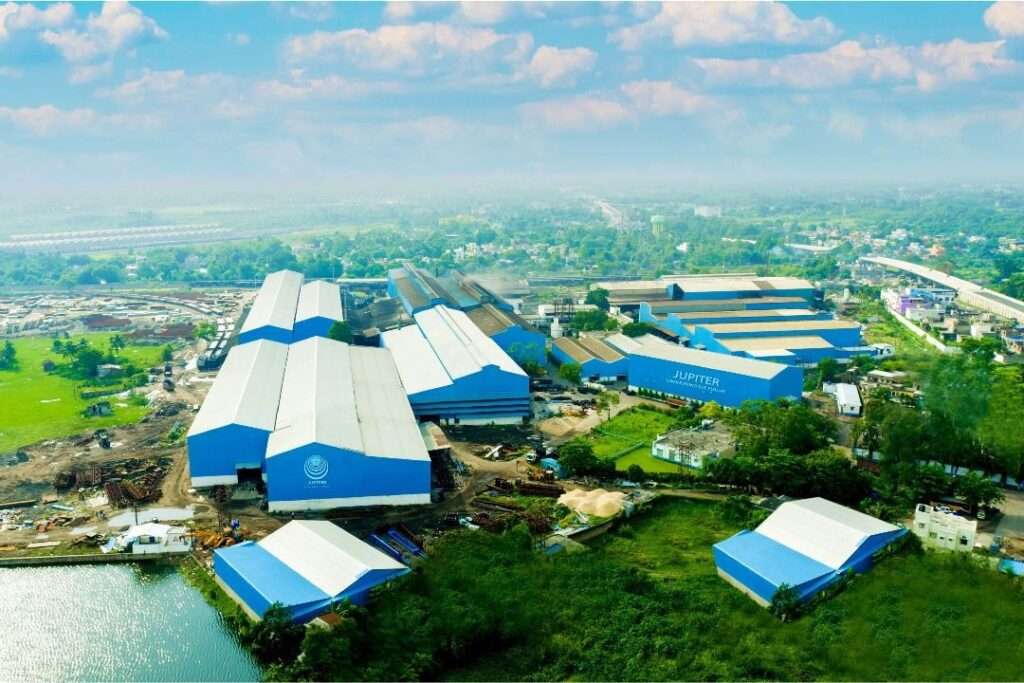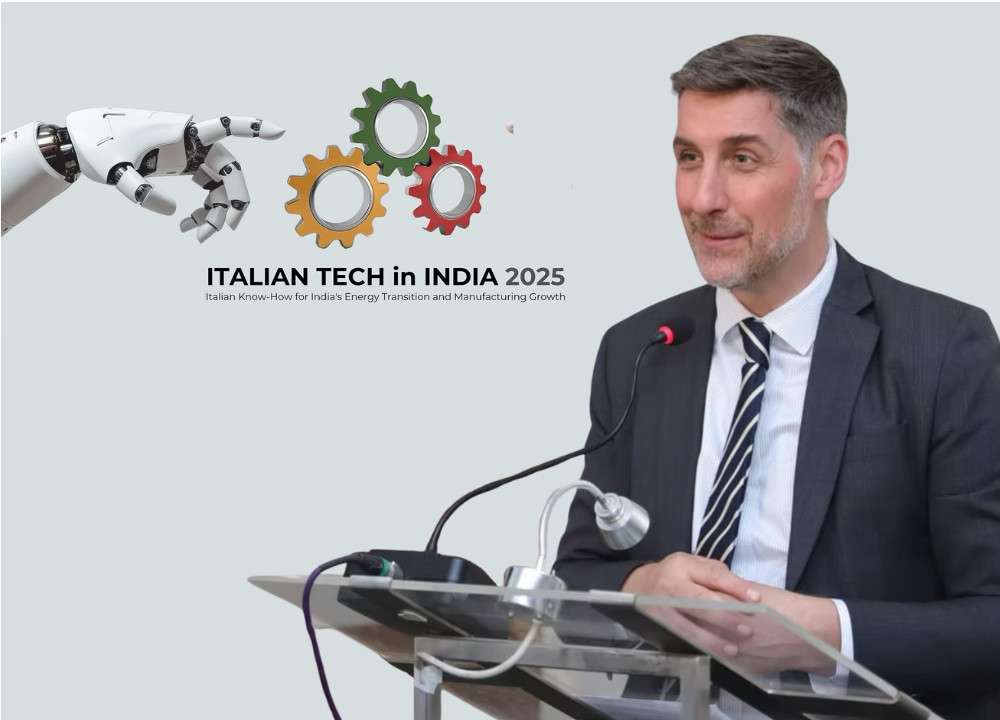Building semiconductor manufacturing capability is a critical step for India’s technological advancement, and the country is on the right path. However, it’s essential to learn from the challenges faced by other nations. For instance, TSMC’s operations in Arizona have encountered significant work culture and skill issues, leading to delays and cost overruns. In this article, Venkitesh Ramadas, Founder & CEO of Nextoar, discusses how India can strategically navigate these challenges and capitalize on the emerging semiconductor sector by building Method Scientists.
India is poised to become a world leader in semiconductors. pic.twitter.com/z3IH8asyV2
— Narendra Modi (@narendramodi) March 13, 2024
“Semiconductor is not just an industry, but it opens a door filled with boundless potential,” stated Indian Prime Minister Narendra Modi in March 2024 while laying the foundation for three semiconductor manufacturing plants. This shows India’s strategic importance towards Semiconductor industry.
The COVID-19 pandemic and China-Taiwan geopolitical tensions disrupted the semiconductor supply chain, highlighting its strategic significance. Major economies, including India, Japan, the US, and Europe, have announced multi-billion-dollar incentives to establish semiconductor manufacturing and testing capabilities.
Analyzing the Vision Statement of India Semiconductor Mission
The India Semiconductor Mission (ISM) is a specialized and independent Business Division within the Digital India Corporation. Its goal is to build a vibrant semiconductor and display ecosystem, positioning India as a global hub for electronics manufacturing and design. Through focused and strategic initiatives, ISM aims to enable India’s emergence as a leader in the global electronics industry. This ambition will be achieved through a structured, focused, and comprehensive approach using various mechanisms. However, history offers numerous lessons India can leverage to successfully navigate this journey.

Morris Chang, the founder of TSMC, one of the world’s leading semiconductor manufacturers, emphasised the critical need for skilled talent in semiconductor manufacturing by stating, “There’s a lack of manufacturing talents to begin with.” The commissioning of their first plant was pushed to 2025, with manufacturing costs soaring 50% higher in the US compared to Taiwan.
India must heed these challenges and recognize the importance of cultural adaptation. A pertinent example is Toyota’s transformation of the NUMMI plant, previously the worst-performing GM plant, into a top performer. Toyota achieved this by adapting to local culture while maintaining its core management philosophy. This lesson underscores the importance of blending global expertise with local cultural nuances to build a robust semiconductor manufacturing capability.
In India, there are initiatives for semiconductor design and manufacturing skill development. Synopsys and IISc’s India Semiconductor Workforce Development Program (ISWDP) focuses on design and validation skills. LAM Research’s partnership with IISc and ISM’s plan to train 60,000 engineers emphasises manufacturing technology skills.
An equally important aspect of semiconductor manufacturing is process management and optimization due to the complexity of multi-layered nanoscale manufacturing. We need a workforce that thinks like scientists, acts with empathy, and leverages technology for problem-solving. This foundation is essential for continuous learning, process control, improvement, and transformation in semiconductor manufacturing.
Developing the Next-Generation Workforce: The Rise of Semiconductor Method Scientists
India has the potential to lead the world by cultivating a next-generation workforce, specifically a community of semiconductor method scientists. To transform the workforce into method scientists, it is crucial to understand the defining characteristics of this role. Six key skill sets define a method scientist, divided into three technical and three soft skills. Let us delve deeper into the concept and significance of these skill sets.
Digital Literacy

- Proficient in using relevant digital tools and applications.
- Interpret, analyse, and leverage data to make informed decisions and solve problems.
- Quickly learn and adapt to new digital tools and technologies.
- Apply critical thinking and problem-solving skills in a digital context to innovate and improve processes.
Scientific Thinking
- Understand the present condition by observing processes and gathering accurate data.
- Hypothesise steps needed to achieve the desired future state and refine approaches based on experimental outcomes.
- Make decisions and adjustments based on experiment results, ensuring continuous improvement.
- Standardize work methods as a baseline for further experimentation and improvement, promoting stability and innovation.
- Incorporate root cause analysis to ensure actions address fundamental issues.
Master of Work Methods
- Possess an extensive understanding of the semiconductor manufacturing process, including method, systems, sequence, content, timing, and outcome.
- Demonstrate high proficiency in specific tasks and activities involved in the process.
- Continuously seek out new methods and technologies to enhance the process.
- Understand how the process fits into broader organisational goals and strategy.
Empathy Towards Customers (Internal/External)
- Listen carefully to customers’ concerns and needs, ensuring they feel heard and understood.
- Promptly address customer inquiries and issues, demonstrating their satisfaction is a priority.
- Understand and address the unique challenges and needs of customers, ensuring their success and satisfaction.
Trust and Teamwork
- Encourage team members to share thoughts, concerns, and mistakes without fear of judgment, fostering a culture of honesty and transparency.
- Promote an environment where team members support each other, recognising vulnerability as a strength that builds deeper connections and trust.
- Encourage constructive feedback, helping team members grow and improve together through shared learning experiences.
- Emphasise collective responsibility for successes and failures, ensuring everyone feels equally invested in achieving team goals.
Bias for Action and Collaboration
- Take initiative and act decisively to move projects forward without unnecessary delay.
- Focus on finding practical solutions and making progress, rather than getting bogged down by analysis paralysis.
- Collaborate across different functions and departments, leveraging diverse perspectives and skills to achieve common goals.
These capabilities must be cultivated at all levels, particularly at the organisation’s edges, including the frontline workers operating in front-end fabrication units and back-end assembly and test units. Countries that want to lead in semiconductor manufacturing need to develop these skills in their workforce, and this has to happen now.
(Disclaimer: The views and opinions expressed in this article are those of the author and do not necessarily reflect the official policy or position of Machine Maker)








